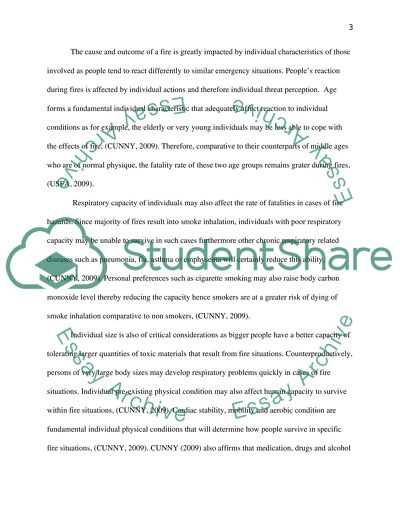Cite this document
(Human Behavior - Impact on the Cause and Outcome of a Fire Coursework, n.d.)
Human Behavior - Impact on the Cause and Outcome of a Fire Coursework. Retrieved from https://studentshare.org/environmental-studies/1560288-fire-investigation
Human Behavior - Impact on the Cause and Outcome of a Fire Coursework. Retrieved from https://studentshare.org/environmental-studies/1560288-fire-investigation
(Human Behavior - Impact on the Cause and Outcome of a Fire Coursework)
Human Behavior - Impact on the Cause and Outcome of a Fire Coursework. https://studentshare.org/environmental-studies/1560288-fire-investigation.
Human Behavior - Impact on the Cause and Outcome of a Fire Coursework. https://studentshare.org/environmental-studies/1560288-fire-investigation.
“Human Behavior - Impact on the Cause and Outcome of a Fire Coursework”. https://studentshare.org/environmental-studies/1560288-fire-investigation.


